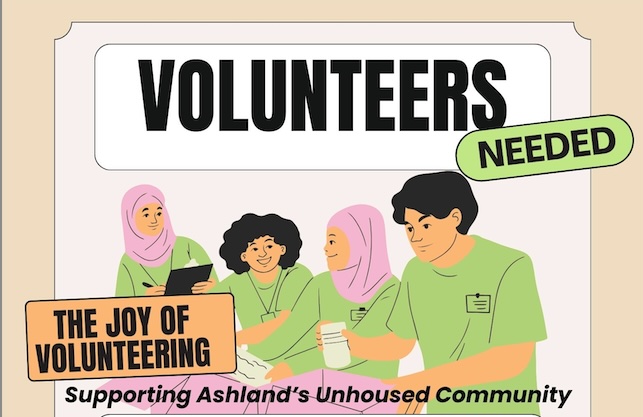Herbert Rothschild Jr., PhD

1. Russia and Crimea
For centuries, Crimea was part of Russia, as the 1815 map above indicates. That only changed in 1954, when Soviet leader Nikita Khrushchev gave the peninsula to Ukraine – at that time a Soviet republic. He probably had no notion that one day Ukraine would no longer be part of a Soviet Union.
Khrushchev’s son Sergei spoke recently about his father’s motives: “And now we have this speculation that my father wanted to satisfy Ukrainian democracy, that he even made a gift to his wife, my mother, because she was Ukrainian – all this have nothing with reality. It was just an economical issue, and not political.”
The economic issue to which Sergei referred was the building of a hydro-electric dam on the Dnieper River which would irrigate Ukraine’s southern regions, including Crimea. He recalled his father’s thinking: “As the Dnieper and the hydro-electric dam [is] on Ukrainian territory, let’s transfer the rest of the territory of Crimea under the Ukrainian supervision so they will be responsible for everything. And they did it. It was not a political move, it was not an ideological move – it was just business.”
The Western media has reported that the majority of people in the Crimean portion of present-day Ukraine speak Russian, and that they did not favor Ukraine’s tying itself economically to the European Union rather than Russia.
In light of these facts, holding a referendum to let the Crimeans determine their future seems reasonable. There are numerous historical precedents for such a referendum. To name two recent ones, there were referenda in Eritrea and South Sudan, both of which resulted in autonomous states.
2. NATO expansion to Russia’s borders.
At the end of the Cold War, a military alliance supposedly maintained to counter a Soviet threat didn’t dissolve. Instead, it expanded. A united Germany entered in 1990, then Poland, Hungary, and the Czech Republic in 1999, over Russian protest. Then came Estonia, Latvia, Lithuania, Slovenia, Slovakia, Bulgaria, and Romania. Most recently, Albania and Croatia were included. There is movement to expand to Georgia, which will round the southern flank of Russia. Russia keeps expressing concern that the purpose of these expansions is to surround it militarily. And the installation of anti-missile batteries—on the flimsy pretext that they are meant to counter a threat from Iran—has added to Russian alarm.
As for Ukraine, beginning in 1995 there were serious moves to open the way for its membership in NATO. These speeded up in the early 21st century under Viktor Yushchenko. Ukraine sent troops to Iraq, and some joint NATO-Ukraine military planning and exercises have taken place inside the country. All this came to a halt when Viktor Yanukovych acceded to the presidency. He ruled out joining with NATO. No wonder Putin was sorry that he was ousted, and the U.S. was pleased. I wonder if we have to capacity to put ourselves in Putin’s shoes on this one.

